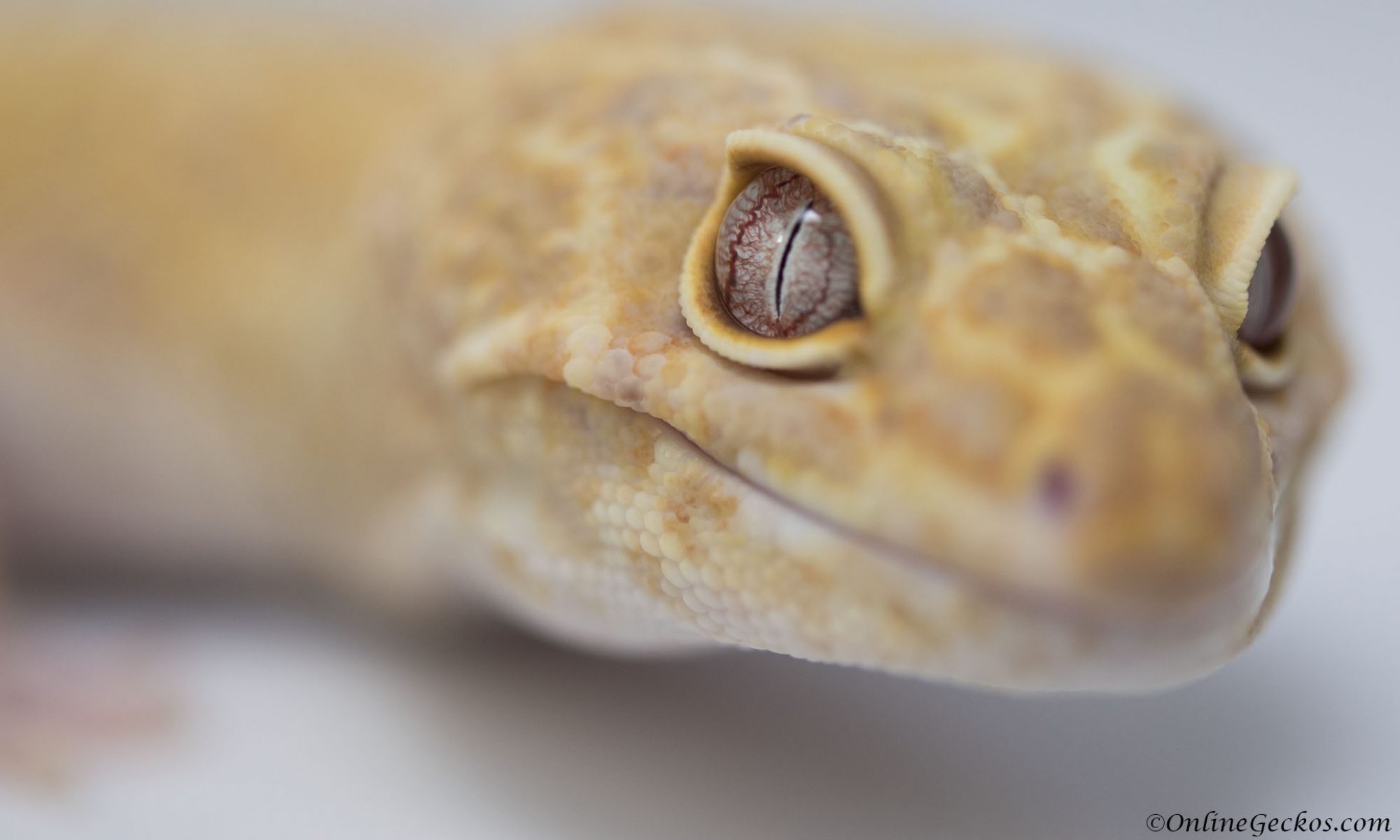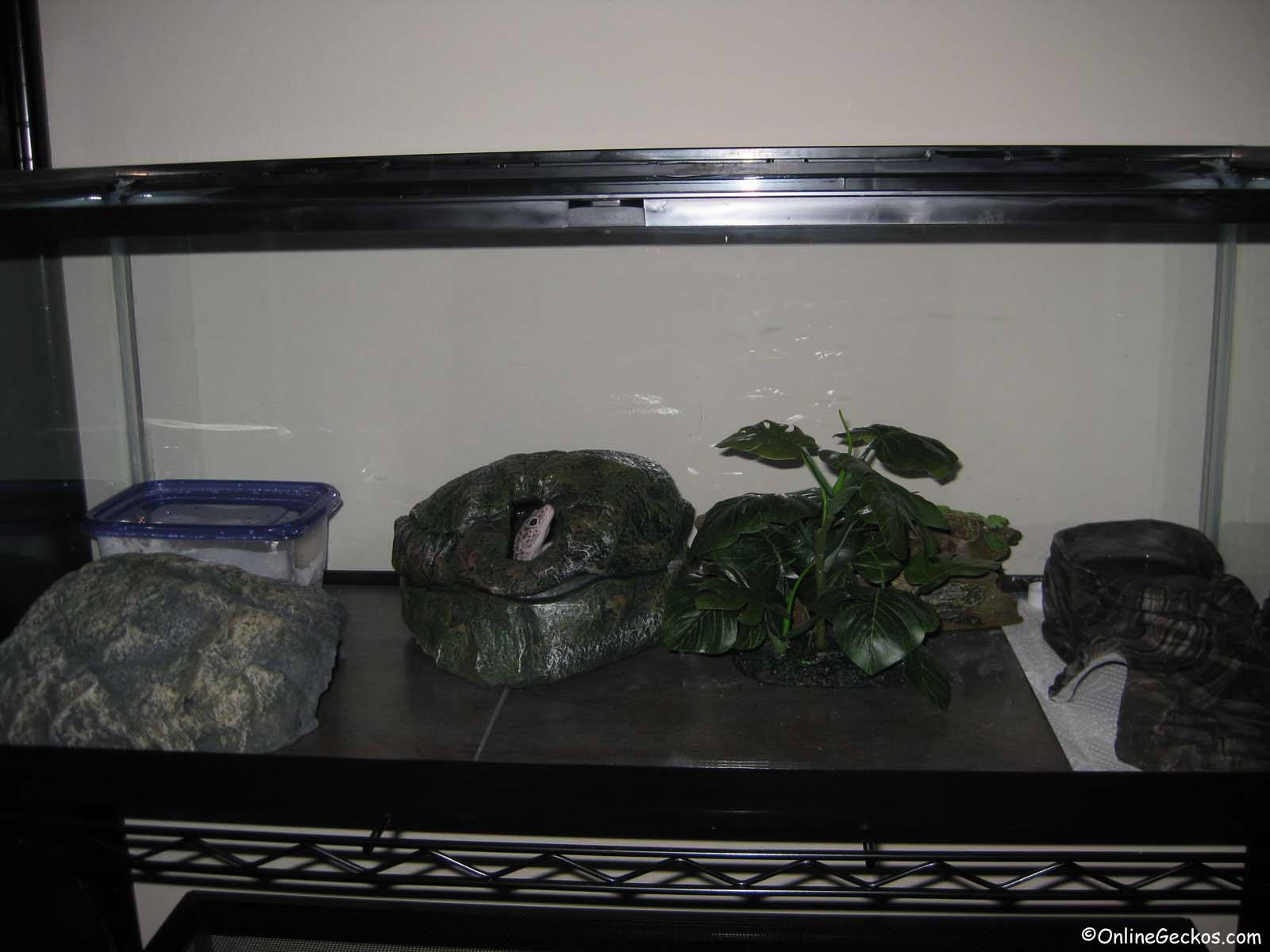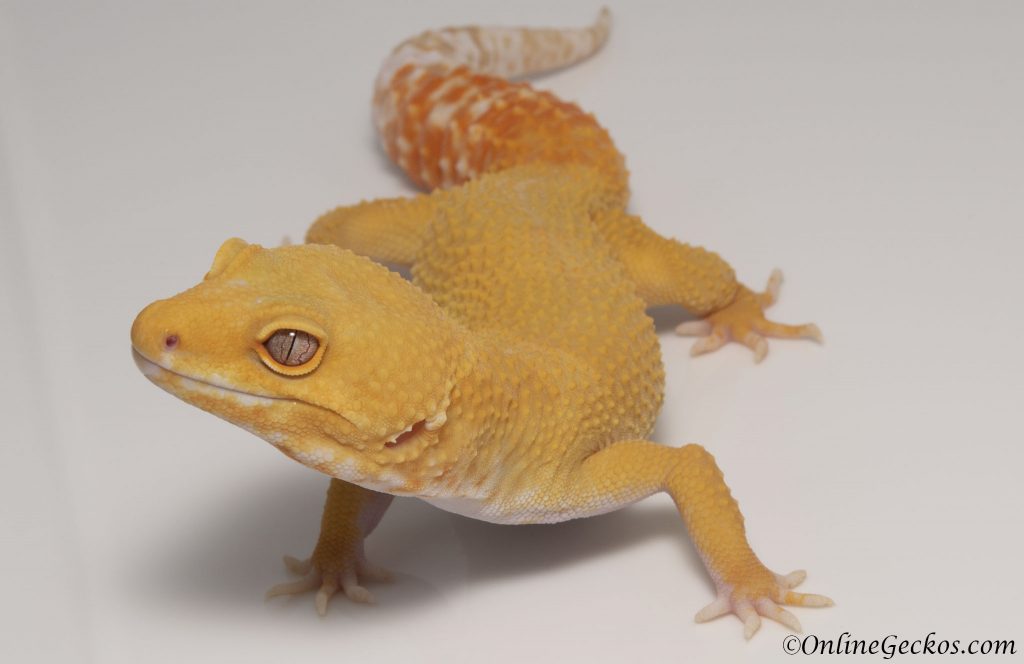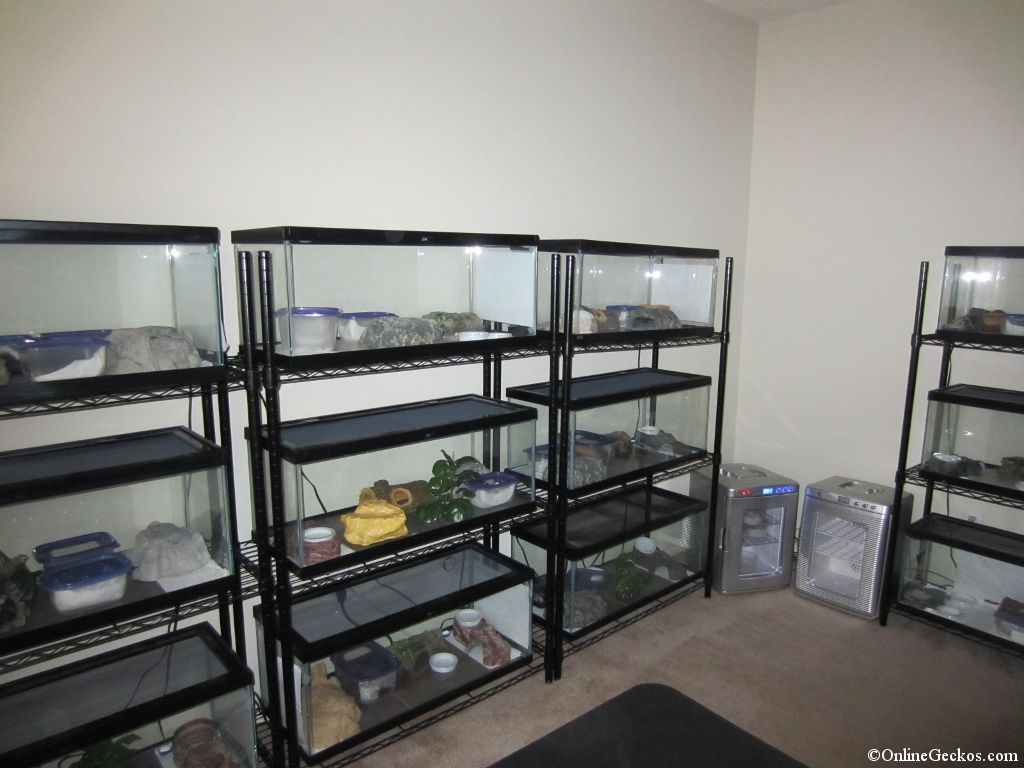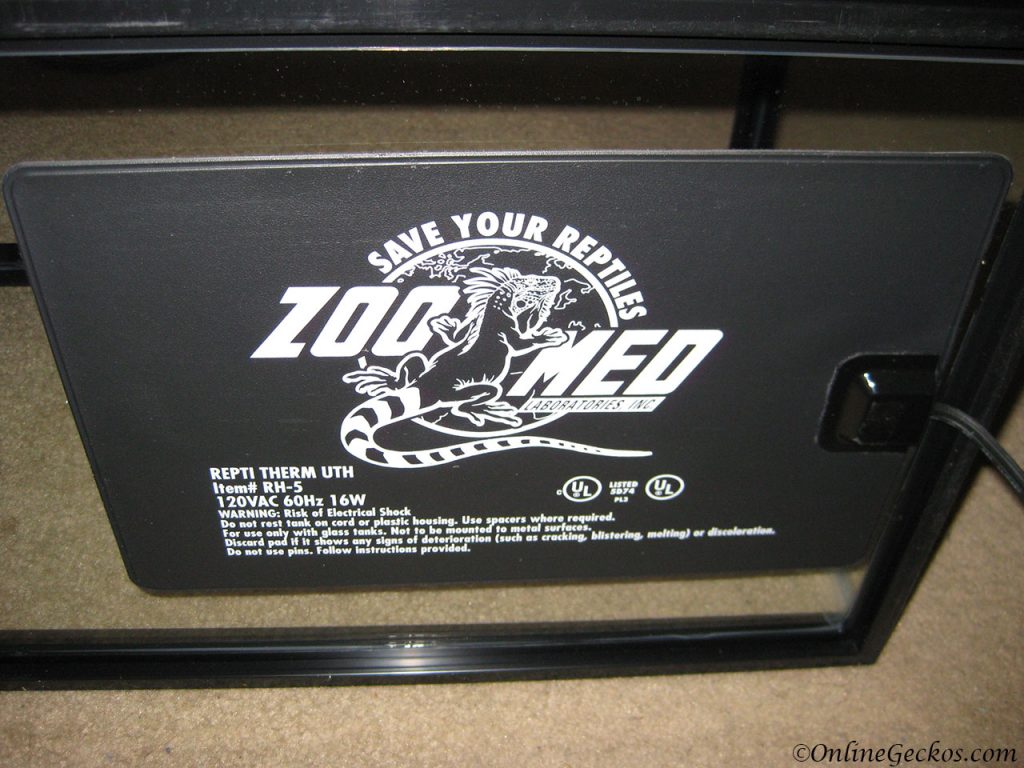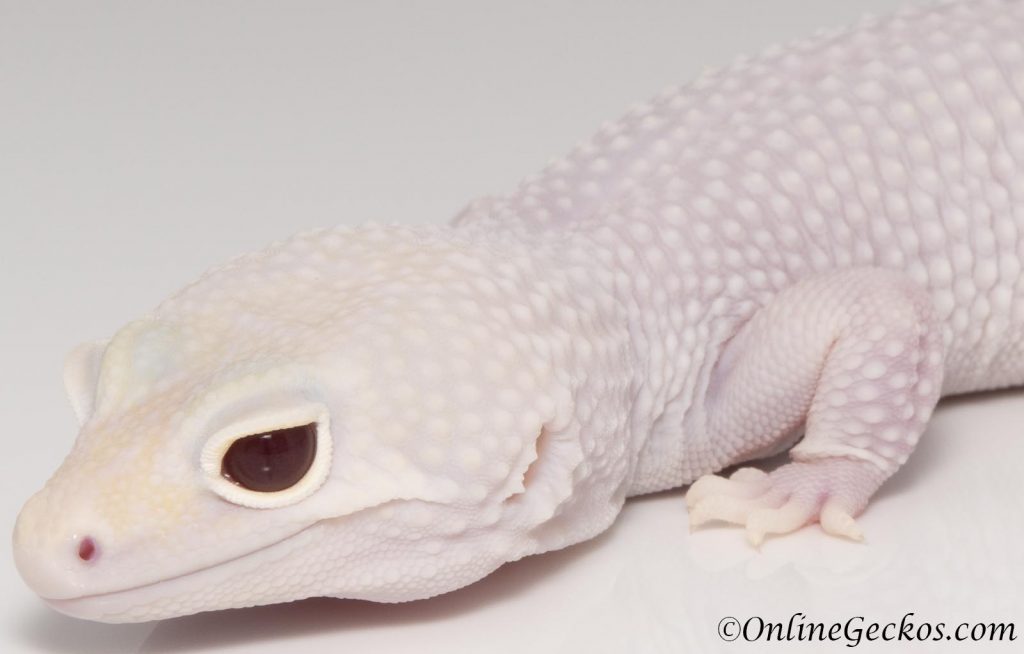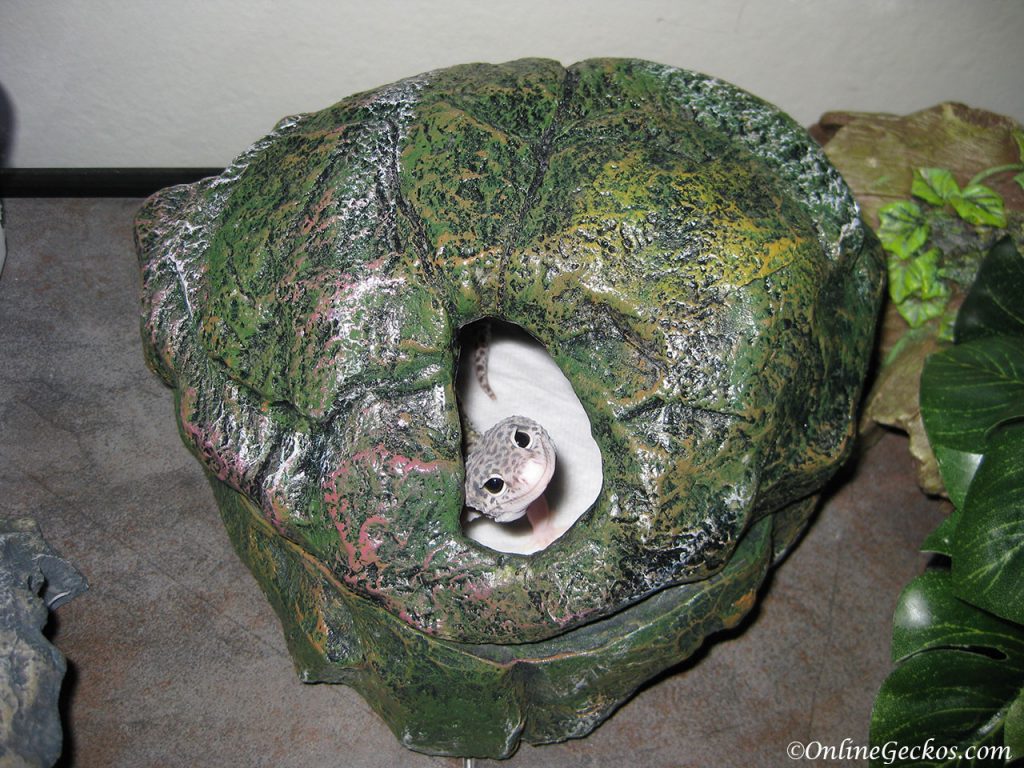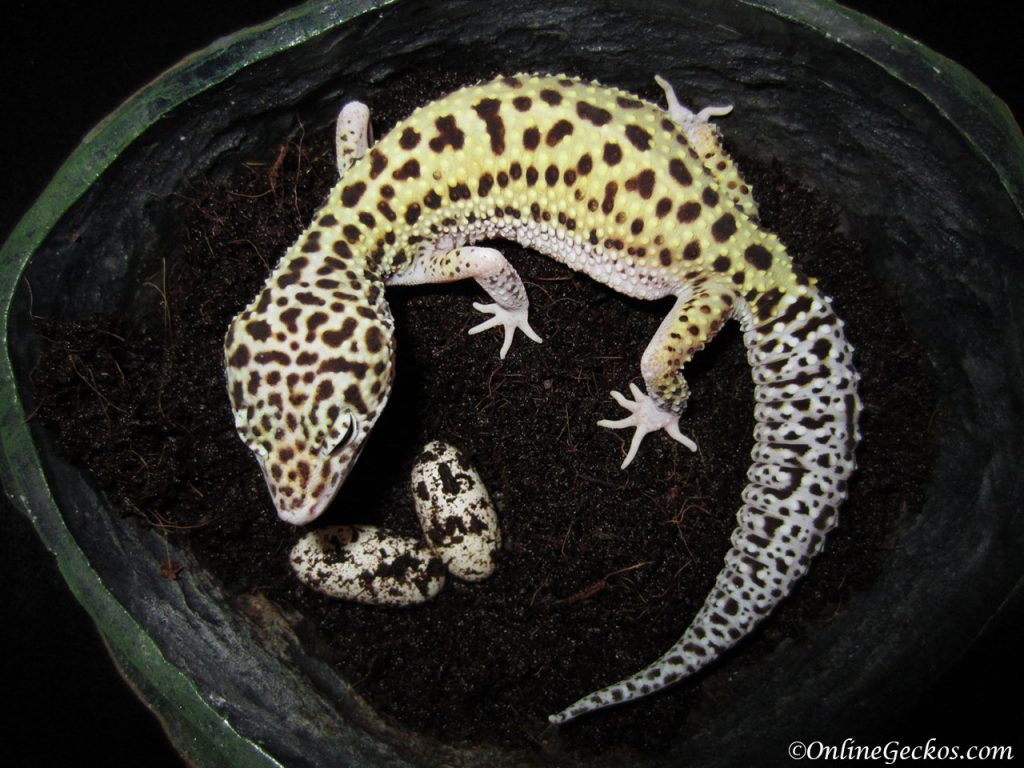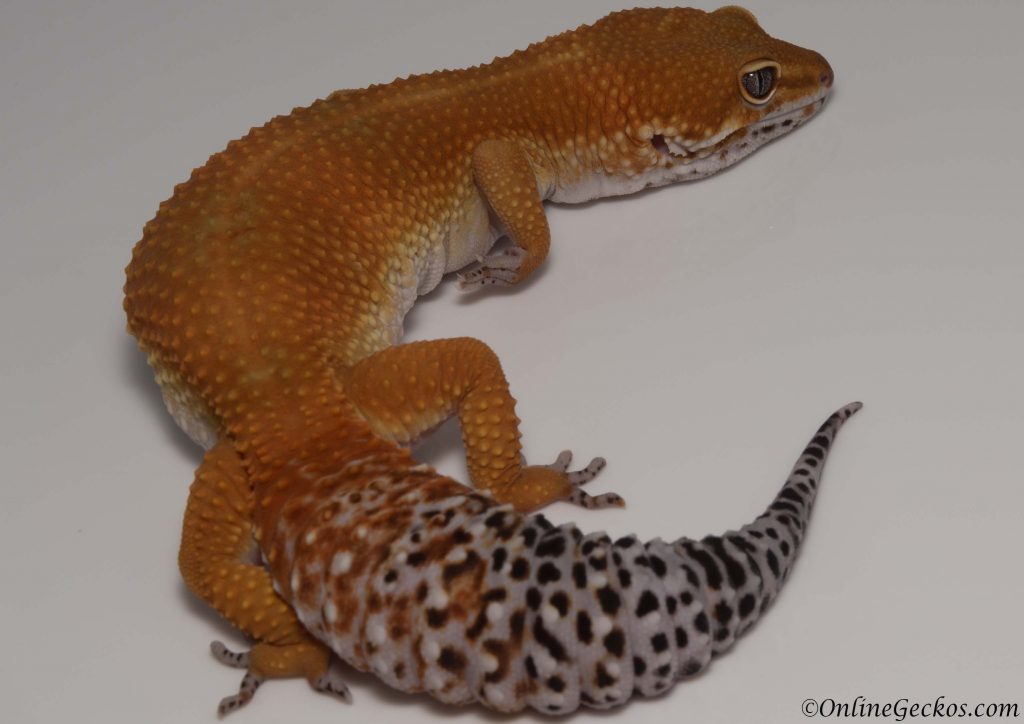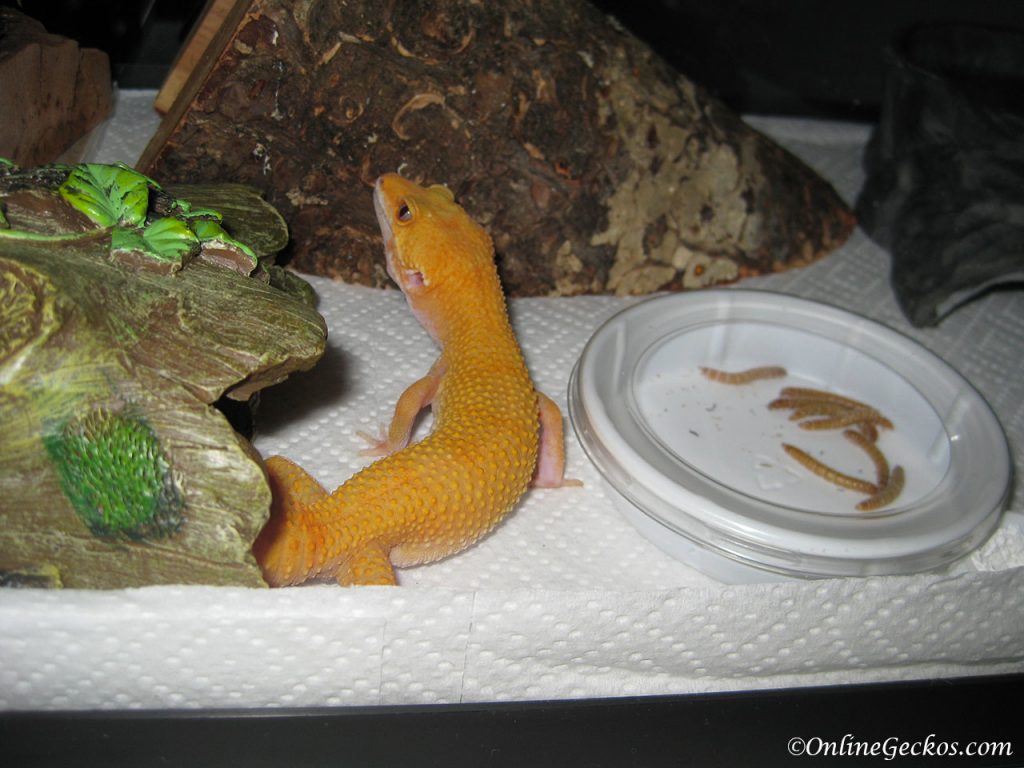Looking for a new hobby to get into while being quarantined? You could setup a leopard gecko habitat without ever leaving your home. Many are practicing social distancing during these trying times. But just because you have to be in isolation, doesn’t mean you need to give up on fun hobbies. Read on and we’ll show you how to properly setup a leopard gecko habitat, and how you could order leopard geckos online and get them shipped to your door.
Why Leopard Gecko As Pets
Before we get into how to setup a leopard gecko habitat, let’s talk about why leopard geckos are the ideal reptile pets.
1. Easy to care for – leopard geckos don’t require walks or dedicated playtime. Life gets busy, and sometimes you just don’t have extra time to spend with your pets. There’s also no stringent daily feeding schedule to worry about. For adult leopard geckos, you change out their water, re-wet moist-hide, and feed them once every 3-4 days. That’s it!
2. Easy to keep clean – leopard geckos come naturally potty trained, so to speak. Leopard geckos will choose a corner to defecate in, and they tend to go back to the same corner. This means once they’ve designated their potty spot, you could place a piece of paper towel there and simply change out the paper towel once a week. Leopard geckos also do not urinate, they excrete urates, which are semi solid white substances that are usually passed along with feces. Leopard geckos are not messy creatures, except when they kick over a calcium dish and leave little white foot prints all over.
3. Docile in nature – leopard geckos get more docile as they mature. They are usually a bit skittish when they are young, but they quickly mellow out when they get older and become very easy to handle. Having a cute gecko that you can hold, will make eye contact with you and lay on the palm of your hand to absorb warmth, is just absolutely adorable.
4. Small space requirement – unlike larger reptiles such as iguanas and bearded dragons, leopard geckos only require about a 10-20 gallon tank living space. They do not outgrow their tanks forcing you to have to keep upgrading. They are not arboreal and do not require special humidity levels. This means you don’t need to get an extra tall tank or setup reptile humidifiers. Lastly leopard geckos are crepuscular, they are not diurnal species so they do not require basking lights that heat up your room during hot summer months. You can have a 20 gallon tank tucked in a corner or sitting neatly on a shelf, and have it be incorporated as a part of your living space ambience.
Leopard Geckos – Where To Buy
You can purchase leopard geckos from OnlineGeckos.com here, everything is done online. Your leopard geckos will be shipped to you via FedEx Priority Overnight, we ship today, they arrive tomorrow morning. Your geckos will be packaged safely inside professional insulated shipping boxes, heatpacks and coldpacks will be used accordingly.
Because we are small scale, we are able to provide you with additional information, pictures, and details about each leopard geckos we have for sale. These are details you won’t find even if you go into a pet store or reptile show. It doesn’t get easier than this!
Leopard Gecko Habitat Checklist
This will be the easiest and the most comprehensive leopard gecko habitat checklist you’ll find anywhere. Everything here can be purchased online, so you won’t have to leave your home. We will provide links to make purchasing easy for you. It’s important you do not rely on retail kits or pet store information when setting up your leopard gecko habitat. Use our care guide to provide the best care for your leopard geckos.
We purchase most of our supplies from Amazon. If you are not an Amazon Prime member, start your 30-day trial today. It’s free, you can cancel it before 30 days and still benefit from fast shipping. We like Amazon Prime because you get free one to two-day shipping, free fast grocery deliveries, access to prime videos/movies, free games with twitch prime, etc..
Let’s get right to the habitat!
Leopard Gecko Tank – Terrarium
You will want at minimum a 10 gallon tank for your leopard gecko, or ideally a 20 gallon long tank for adult or a large leopard gecko. There are 10-20 gallon tanks of all sizes and measurements. Be sure to get the long type, for an example a standard 20 gallon long is 30x12x12. This gives your gecko more ground space to roam since leopard geckos are ground dwellers. They have claws not sticky pads, so they do not climb trees unlike crested geckos.
If you are looking to house multiple leopard geckos in the same tank, 20 gallon long is the bare minimum for 2 females. If you are housing more than 2, look for a 30-40 gallon size. Amazon has these 10 gallon tanks with mesh top, they are very nice and easy to assemble. The tank is not water-proof. But since it’s for leopard gecko, it does not need to be.
If you have the budget and want the absolute best looking leopard gecko habitat, we recommend the Exo-Terra all glass terrarium with front opening doors. These measure out to be about 26 gallons. Front opening doors make cleaning, feeding, and handling your leopard gecko very easy.
If you are looking to build more than one tank, consider using a shelving storage unit. These metal shelving units will allow you to stack 3-4 tanks neatly against a wall.
Under Tank Heating Pad
Leopard geckos require belly heating in order to digest food properly. Leopard geckos are crepuscular, they do not require basking lights and often prefer to not have bright lights shining on them. Having a proper under tank heating pad is key to setting up the perfect leopard gecko habitat.
Under tank heater should cover 1/3 of the tank’s floor, up to 1/2 but the heating pad should never cover more than 1/2 of the tank. You need to give your leopard gecko proper temperature gradient so they can choose where to lay on. Leopard geckos lay on warm spots to digest food or to wake up and warm up. They will move to cool spots to sleep or to cool down. Read more about leopard gecko heating requirements here.
You should use a small Zoo Med Reptitherm under tank heating pad for 10 gallon tanks. For 20 gallon or larger, you want the large Zoo Med Reptitherm heating pad. These under tank heating pads go on the outside of the tank, on the bottom, as noted in our leopard gecko tank setup guide.
Substrate
There are three substrate that work best and are the safest; ceramic/slate tiles, paper towels, and terrarium liner. Leopard geckos live in rock crevices and burrows in the wild. Contrary to beliefs, they do not live in desert on sand. Ceramic and slate tiles will feel the most natural to them, they are easy to clean, last forever, and they do not impose impaction risks. Impaction is a serious issue that often leads to death. There are more leopard geckos that die due to ingesting loose substrate than you think.
Please do not use sand, bark, small pebbles, calci sand, or anything small and loose that your leopard gecko can ingest. Leopard geckos tend to ingest excess substrate when they shed, you can imagine how dangerous loose substrate can be. You can purchase ceramic tiles like these, they will fit in both 10 or 20 gallon tanks. These 6×6 marble tiles will also work, but they are thicker and heavier, so adjust your under tank heating pads properly. Or order 12×12 ceramic tiles from your local hardware stores to use with your 20 gallon tank. We’ve found the 12×12 tiles to fit in standard 20 gallon long (30x12x12) tanks perfectly, as demonstrated on our tank setup page.
Paper towels and terrarium liners work great as well. Purchase size appropriate liners, you may want multiple liners so you can take one out to clean and air dry from time to time. We like to mix both; lay tiles in the tank and use Zilla terrarium liners for leftover spaces.
Leopard Gecko Hides
You want to have 3 hides in your perfect leopard gecko habitat; a warm hide, a moist-hide, and a cool hide. If you are using a 10 gallon tank, you can get away with having 2 hides (moist-hide and cool hide). But ideally you want to have 3 hides. The cool hide should be on the side without under tank heating pad, it should remain cool and dark away from sunlight. This is where your gecko will likely sleep and rest. The warm hide should sit directly on top of the warm spot where under tank heating pad is. And the moist-hide should sit somewhere in the middle, we like to position it so half of it is touching the warm spot, half is off. This will make a great moist-hide where it’s not too warm and not too cool, but warm enough to keep it a nice moist environment.
Our two most favorite gecko hides are Exo Terra Gecko Cave and Zilla Decor Rock Lair. Not only do these hides look good, they are functionally perfect for your geckos. Leopard geckos prefer hides with privacy so they can feel comfortable and secure. These hides are much preferred over hides with large openings or open ended hides.
These hides are fairly large, so if you are using a 10 gallon tank, you will likely only fit one of these hides in there. But for a 20-gallon long or larger, you should get both of these hides. Your leopard geckos will love them!
For cool hides, we recommend OMEM Reptile Hideout Box. It’s one of the most practical cool hides you can find. It is a 2-in-1 design, you can fill water on top of this hide. The fact that it can fit inside a 10 gallon tank is a huge plus for those using 10 gallon tanks. There’s a slightly bigger version of OMEM Reptile Hideout Box without the water sink on top if you prefer.
Moist-hide Substrate – Laybox
The best substrate to use for your moist-hide is wet paper towels for males, and Zoo Med Eco Earth Coconut Fiber for females. We prefer moist paper towels for males because it keeps the tank clean. You simply replace the paper towels once every 4 days or so. For females, it’s good to use eco earth coconut fiber because females may develop eggs during the breeding season. All female leopard geckos could develop and lay infertile eggs without being bred. This is why it’s important to provide a laybox for them just in case they need to lay eggs. If you don’t provide a proper laybox, they could become egg-bound and die.
Moist-hide is the hide you sit half on the warm spot, half on the cool spot. Reason for this is because you don’t want a cold, damp hide, which could become too cold at night. But at the same time if you sit the moist-hide directly on top of a warm spot, it’ll dry out very fast and will likely increase the humidity levels inside the tank. Leopard geckos do not require high humidity, but a moist-hide will help them shed properly.
Multivitamin Supplement – Calcium & D3
There is a lot of misinformation out there with regards to how to properly supplement your leopard gecko. We will simplify it for you. Purchase either Zoo Med Reptivite with D3, or Repashy Calcium Plus. Both are great multivitamin supplements, either will be fine. You would lightly dust your feeders with these multivitamin supplements at each feeding.
Then purchase this Zoo Med Calcium without D3, put some of it in a bottle cap and leave it in the tank for free feeding. Your leopard gecko will eat it whenever they want some pure calcium. That’s it. This is the safest and the most simple way to supplement your leopard geckos properly.
If you would like to learn more in detail, visit our leopard gecko vitamin supplement page. The article will go in details about how to gutload your feeders, how to dust feeders with the “shake-n-bake” method, and why you would leave Calcium without D3 inside the tank.
Digital Thermostat
If you want peace of mind, we highly recommend you purchase a Hydrofarm Jumpstart Digital Thermostat. Since you will be leaving your under tank heating pad plugged in and turned on 24/7, this digital thermostat will monitor the pad’s temperature for you. Once you have it set, you won’t have to worry about when the under tank heating pad overheats, or if it malfunctions. The digital thermostat will keep your leopard gecko’s tank floor within proper & comfortable temperature range. The proper temperature range for the warm spot inside the tank is 88-93 degrees Fahrenheit.
If you would like to learn more in detail, visit our leopard gecko temperature requirement article. There’s a video explanation to how to use a digital thermostat.
Temperature Gun – Thermometer With Probe
One of the most important steps to setting up a proper leopard gecko habitat is testing your floor temperatures. You want to test the floor of your tank, make sure the warm side is hitting proper 88-93 degrees Fahrenheit, and the cool side stays at room temperature in the 70’s. Having a proper temperature gradient is very important for your leopard gecko’s health.
This is where Etekcity Laser Digital Temperature Gun comes in handy. You simply point, and click. The reason why stick-on thermometers which come with most retail kits are useless is because they only tell you the air temperature. Under tank heating pad heats the floor not the air. You need to test the terrarium floor to see what the belly temperature is going to be for your leopard gecko.
You could use a Zoo Med Digital Thermometer with a probe. It’s not as accurate and easy to use as the temperature gun. But if the temperature gun is sold out, it will still work much better than thermometers that test the air temperature. You simply tape the probe down to the floor on the warm spot to test the floor temperature.
Feeding Tongs – Dishes – Bowls
Zoo Med Stainless Steel Feeding Tongs are great for handling feeders. It’ll keep your fingers away from hungry gecko mouths, and they’re much more sanitary. OMEM Ceramic Worm Dishes are great for keeping worms in. They work great for mealworms, superworms, and small dubia roaches. Ceramic made so they’re easy to clean as well. You can also get the small version of OMEN Ceramic Worm Dish to use as the water dish.
Leopard Gecko Food – Insect Feeders
Leopard geckos thrive on a variety diet. We order our feeders from Rainbowmealworms. They’ve taken care of our needs over the years and we couldn’t be happier with their service. Be sure to click on our ref link and signup with an account prior to placing an order. You will get 10% off your entire order!
If you prefer to purchase through Amazon, perhaps because you have credits to use, Amazon has live mealworms for sale and live superworms, both with free shipping. There are also Hornworms for sale, healthy Dubia Roaches, as well as yummy Waxworm treats you can buy for your gecko. Be sure to check out our insect feeder nutrition guide for more details on which feeders are healthy for your leopard geckos.
Additional Recommended Reading
Once you’ve setup your leopard gecko habitat and purchased your leopard gecko, we recommend the following care guide articles:
My Leopard Gecko Won’t Eat – What To Do?
How To Deal With Picky Eaters
Small Scale Leopard Gecko Breeding 101
Do Leopard Geckos Bite?
Leopard Gecko Tail Waving Behavior
